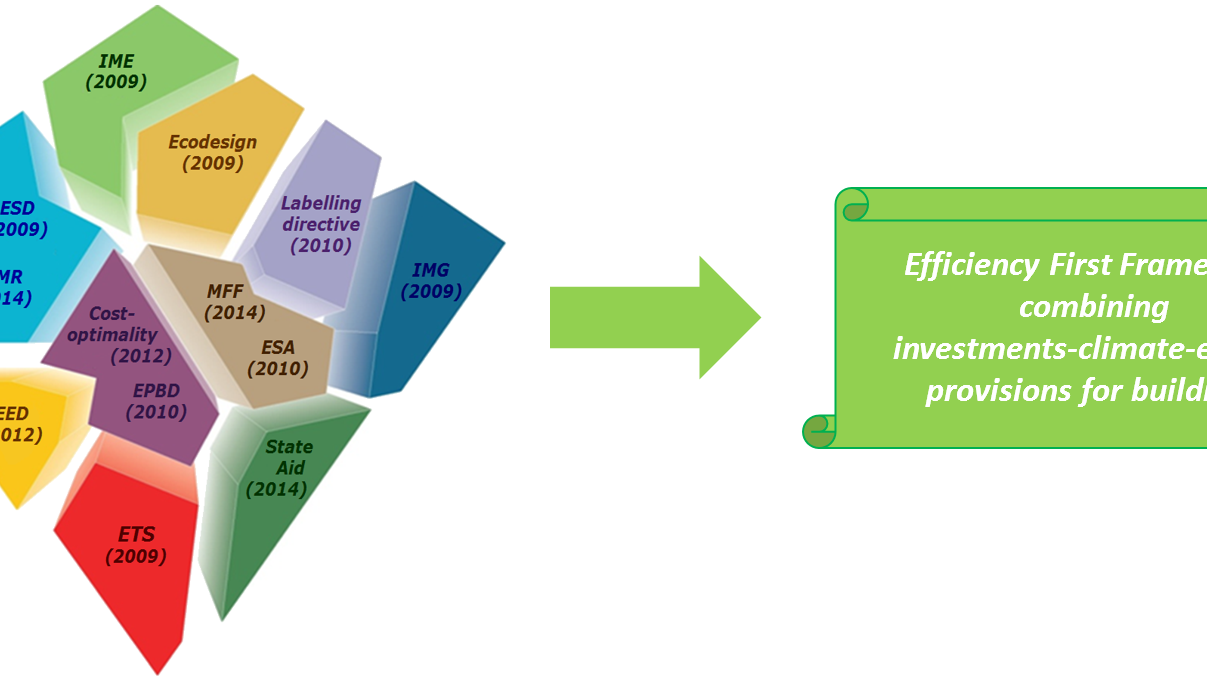 Policy & Regulation
Policy & RegulationEnergy Transition of the EU Building Stock
Summary
Report estimates EU energy renovation market at EUR 109 billion in 2015 and 882,900 jobs. The size of the EU renovation market could increase by almost half if a 40% energy savings target is adopted for 2030. This would lead to more than one million additional jobs. The first step towards this transformation is to address the gaps and loopholes identified in the 14 existing EU instruments aiming to increase investments in reducing energy consumption in buildings and their related GHG emissions. Such an overarching framework would streamline reporting and ensure coherence between the investment-climate-energy provisions currently included in at least 14 EU policy instruments. It would also simplify implementation for Member States, avoid double-counting and facilitate compliance checking. This is the first step to this transformation and would address the gap and loopholes in the existing 14 existing instruments aiming for the "Efficiency First" instrument. It suggests a specific recommendation for each of the framework would. the framework would, as required by the better regulation package.
Open full article
Energy Transition of the EU Building Stock
 |
|---|
The report entitled “Energy Transition of the EU Building Stock -Unleashing the 4thIndustrial Revolution in Europe” estimates the EU energy renovation market at EUR 109 billion in 2015 and 882,900 jobs. It shows that the size of the EU energy renovation market could increase by almost half the current energy renovation market if a 40% energy savings target is adopted for 2030. This would lead to more than one million additional jobs.
Increasing the size of the emerging EU energy renovation market would require the design of an overarching, integrated and streamlined framework for buildings based on the "Efficiency First" principle. Such an overarching framework would, as required by the better regulation package, streamline reporting and ensure coherence between the investment-climate-energy provisions currently included in at least 14 EU policy instruments. It would also simplify implementation for Member States, avoid double-counting and facilitate compliance checking. The first step towards this transformation is to address the gaps and loopholes identified in the 14 existing EU instruments aiming to increase investments in reducing energy consumption in buildings and their related GHG emissions. The report suggests a specific recommendation for each of the identified gaps and loopholes.
The "Efficiency First" investment-climate-energy proposed framework for buildings would require new governance structure at EU level including setting-up an EU Energy Renovation Facilitator and an EU Risk Sharing Facility. This would give industry confidence to invest in the industrialisation of energy renovation which would unleash the 4th industrial revolution in Europe. The report suggests the first steps towards the design of such a framework.
 |
|---|



